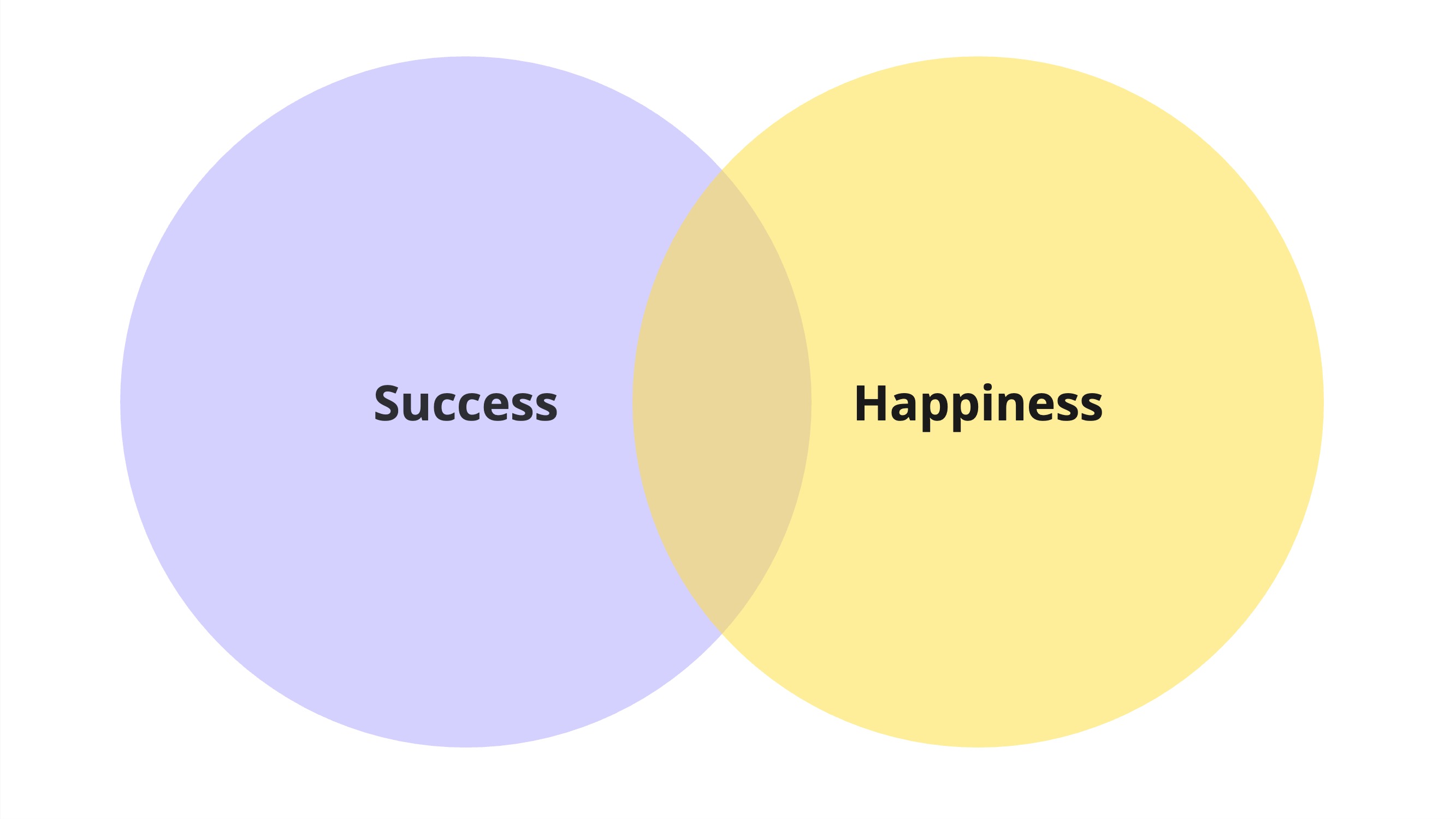So you built a bot for your website, and customers love it. Later on, you discover that your support team is getting too many customer inquiries from Facebook, so you decide to add a bot to your Facebook page as well. The bot platform you are using supports Facebook, so all you need to do is enable Facebook integration, and instantly your web chatbot serves customers on your Facebook page.
Everyone is happy, and then your boss says that the support team is getting too many phone calls into our call center - the reason being that the IVR is not the best and cannot automate customer inquiries. Customers dislike this as it is too rigid and traps them in endless decision trees, definitely not great for customer experience.
So you decide to replace IVR with the chatbot. You might think this is a quick fix by simply adding Text to Speech and Speech to Text to your chatbot, and it would support a voice channel. But this is certainly not the case - voice is not text, and you cannot use the same bot for both voice and text-based bots.
Here are the top 5 reasons why you shouldn’t use the same bot design for text and voice bots
1. Audio-only limits the type of information you can deliver.
You cannot have links, images, long responses, and even emojis in your voice bot responses. You would have to remove rich media, optimize your voice channel responses, or redirect customers to other channels if you must use rich media to address customer inquiries.
2. People process text information and audio information differently.
With text, your main idea should come first. When we read, people tend to read the first sentence and skim after that. But during the voice conversation, the last sentence is usually is what you are going to remember. Make sure the critical point in the voice response is at the end and not the beginning.
3. Customers cannot check conversation history in the voice bot.
In many cases, your customers might be doing something else while talking with your voice bot and might not pay full attention to what the bot says. Your customers would not be able to scroll up and check what the bot has shared in previous messages the way they would do it on your website. With that in mind, your design needs to accommodate this. Also, be sure to consider the following:
- summarizing what you talked about so far
- re-prompts if the customer is silent
- make sure to be able to repeat the last message if the customer asks
4. Speaking is not writing.
When people type messages, they can review and edit them before sending them. They can’t do the same on voice. Your customers will speak and pause and repeat and expand on the main topic, and your system would have to understand the intent. And it would be different from what they type in the chatbot. So you better add more training data and closely monitor and optimize your voice bot understanding after the launch.
5. Variations in verbal and vocal expression
No two customers are the same, and as a result, accents and different pronunciations require consideration. Ensure that you test your voice bot and tweak your STT model to recognize various accents. This problem does not exist in text-based bots.
To summarize, voice bots and chatbots are two different beasts, and you need to use different approaches when you design, train, and optimize them. You simply cannot use the same bot implementation in both channels.





Comments